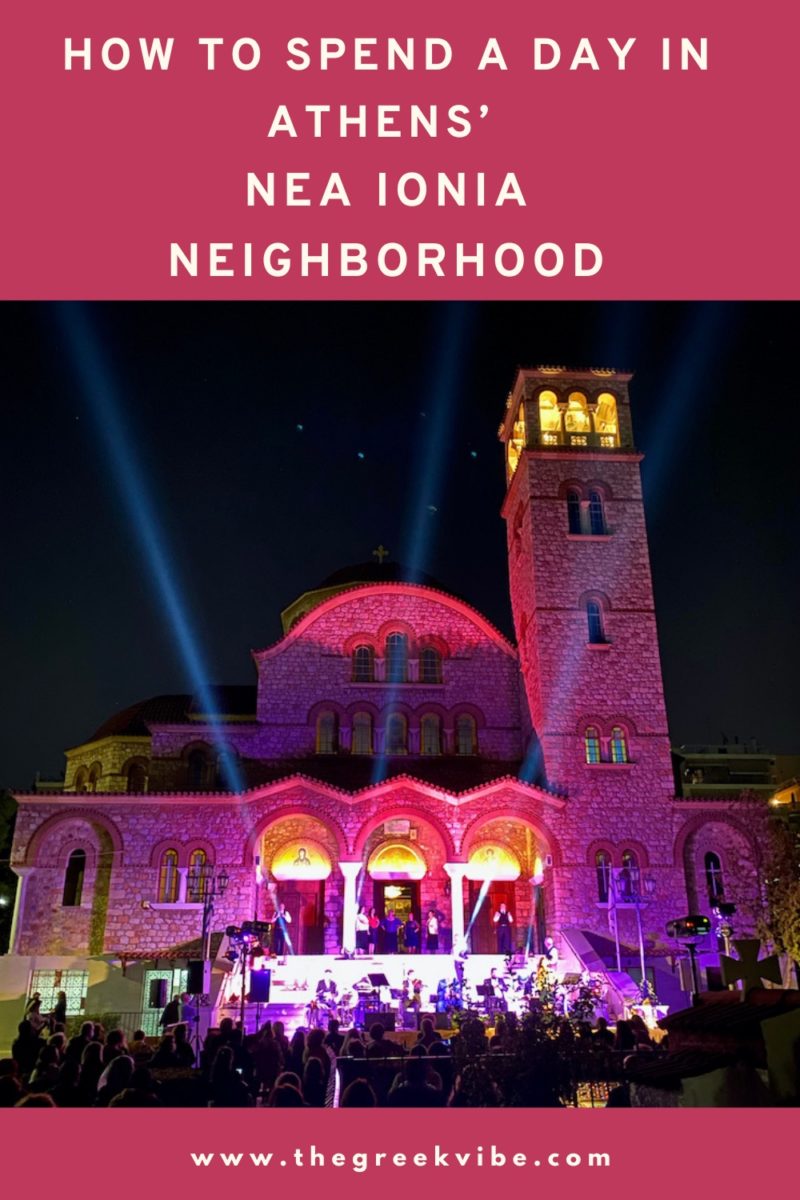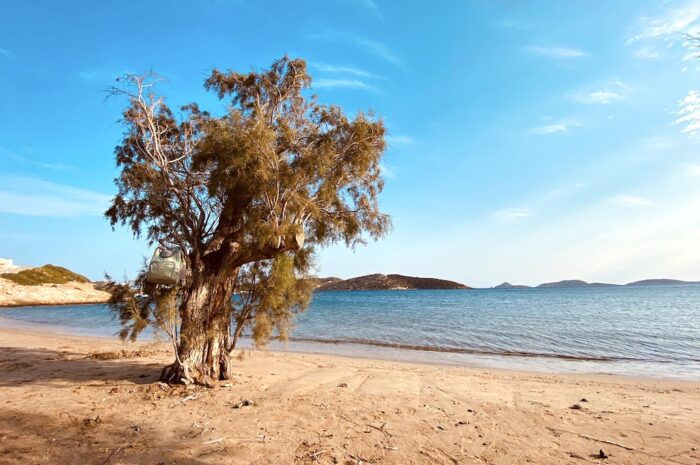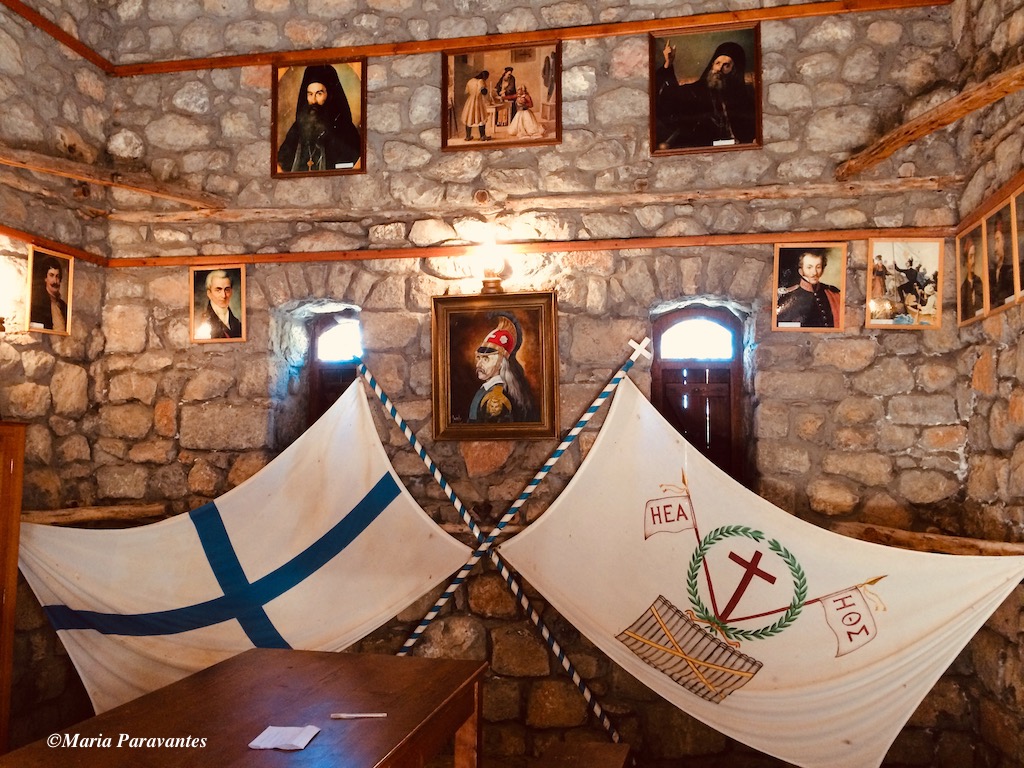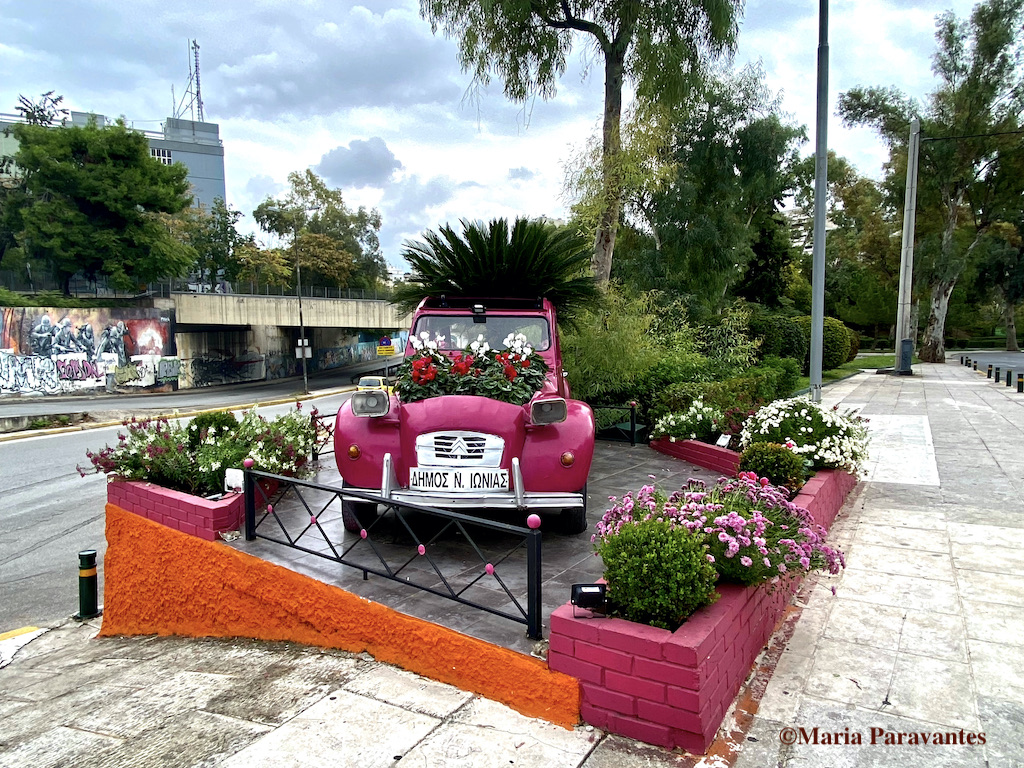
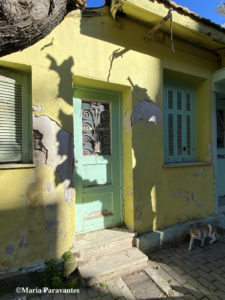
Color, contrast, diversity and at the same time a slowly disappearing genuine ‘Greekness’ best describe the northern Athens suburb of Nea Ionia some 7.5km from the city center.
If there’s one thing I gained from Covid-19 lockdown, it’s discovering the neighborhoods of Athens and the secrets they hold. You can’t find these areas in guide books because on the surface they have nothing “touristy” to offer. But for a true urban explorer, all 4.4 square kilometers of Nea Ionia are a treasure.
Join me today and let’s travel to Nea Ionia and to its neighboring Perissos, Nea Halkidona and Nea Philadelphia, which have become my favorite places in Athens, and for very many good reasons.
👉🏼 Find the best hotel deals for you
Nea Ionia: The Story

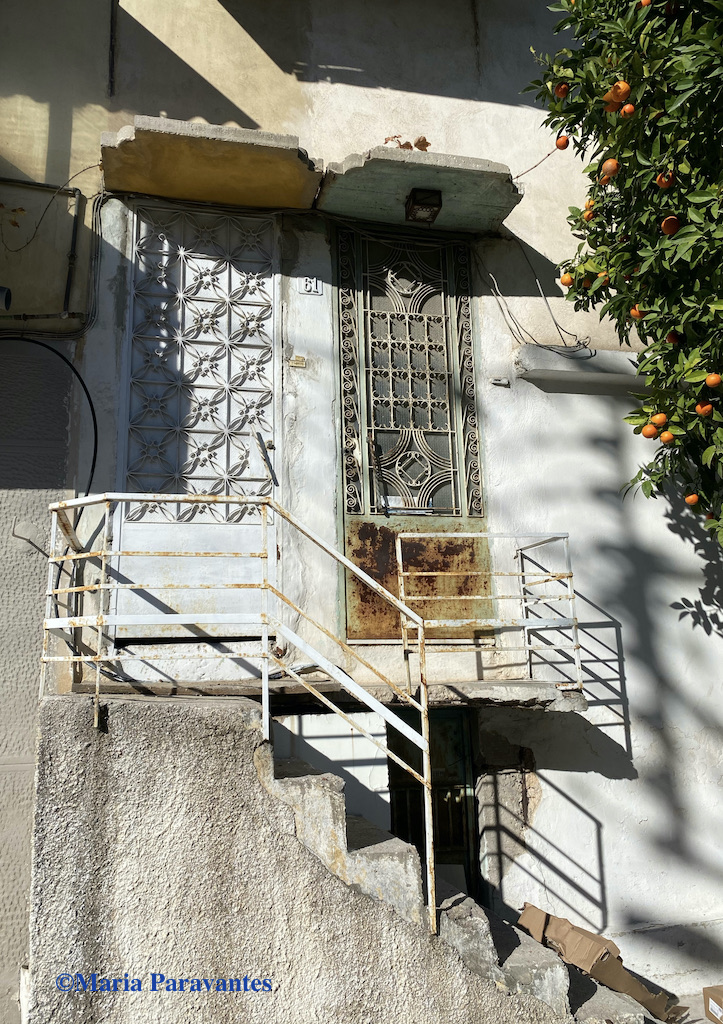
You probably noticed the “Nea” in front of all three neighborhoods: the word means “new” in Greek and it was used to name the “new” homelands of thousands of displaced Greeks who were forced to leave their homes and lives on the western coast of Anatolia (today Turkey) behind and flee to Athens. These are the Greek refugees who came from the ancient Greek region of Ionia and set up their households in Athens after the 1922 exchange of populations.
The Greek Asia Minor refugees mostly Pontic Greeks were people without a homeland. Their history comes to life when you look at the names of the roads: Trabzon, Sinopis, Moschonision (today the Ayvalik Islands), Psaron, Ellispontou, Inepoleos and Safraboleos. These are the names of their birthplaces along the Black Sea coast, in Smyrna (Izmir) and Ikonion. In 1928, of Nea Ionia’s nearly 14,000 residents, 97 percent were refugees from Asia Minor. Theirs is a tale of loss, poverty, struggle, heartache, nostalgia, resilience and adaptation.
Nea Ionia: The Contrasts
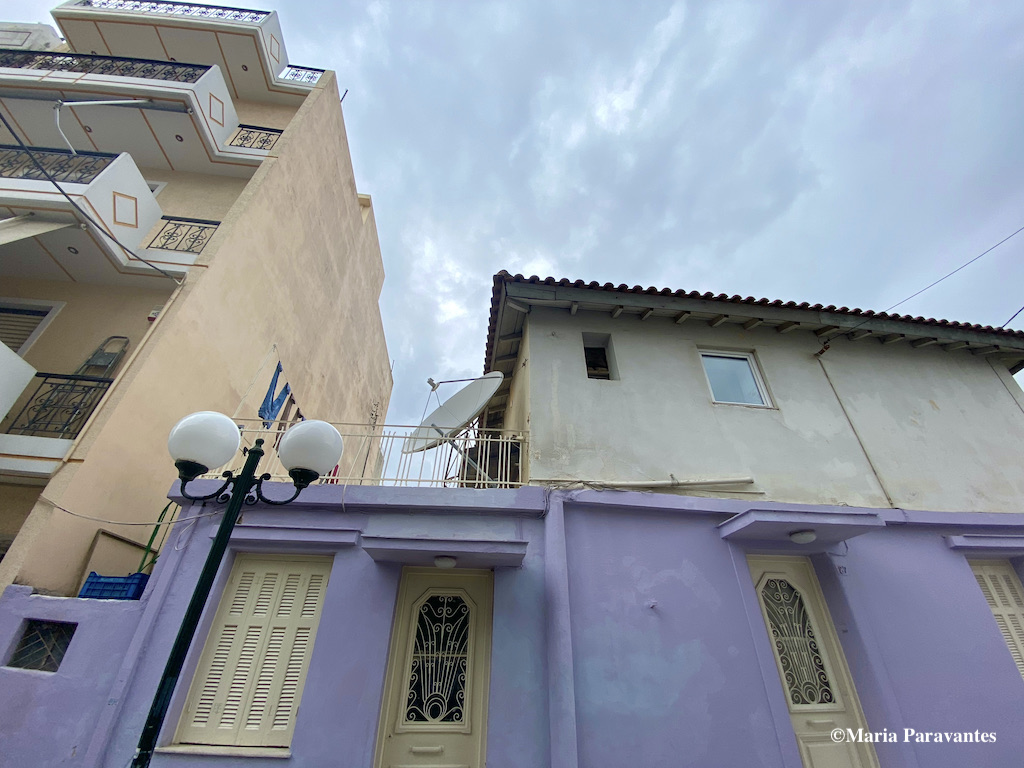
Nea Ionia is best discovered on foot. Everyone in Athens knows Nea Ionia for its large shopping district. In the late ’70s and through the economic crisis, Nea Ionia was a bustling trade center with dozens of small, family workshops and stores selling all sorts of goods but particularly clothes, textiles and tapestries.
The Asia Minor Greeks were sharp tradesmen and the area emerged as one of the country’s first textile manufacture centers after the German occupation (Katochi). You could say that Nea Ionia and its surrounding townships, 13 in total – were once the ‘Manchester of Greece’ thanks to a booming textile and cotton spinning industry that emerged there in the early 1900s. They even exported rugs to the US and Europe.
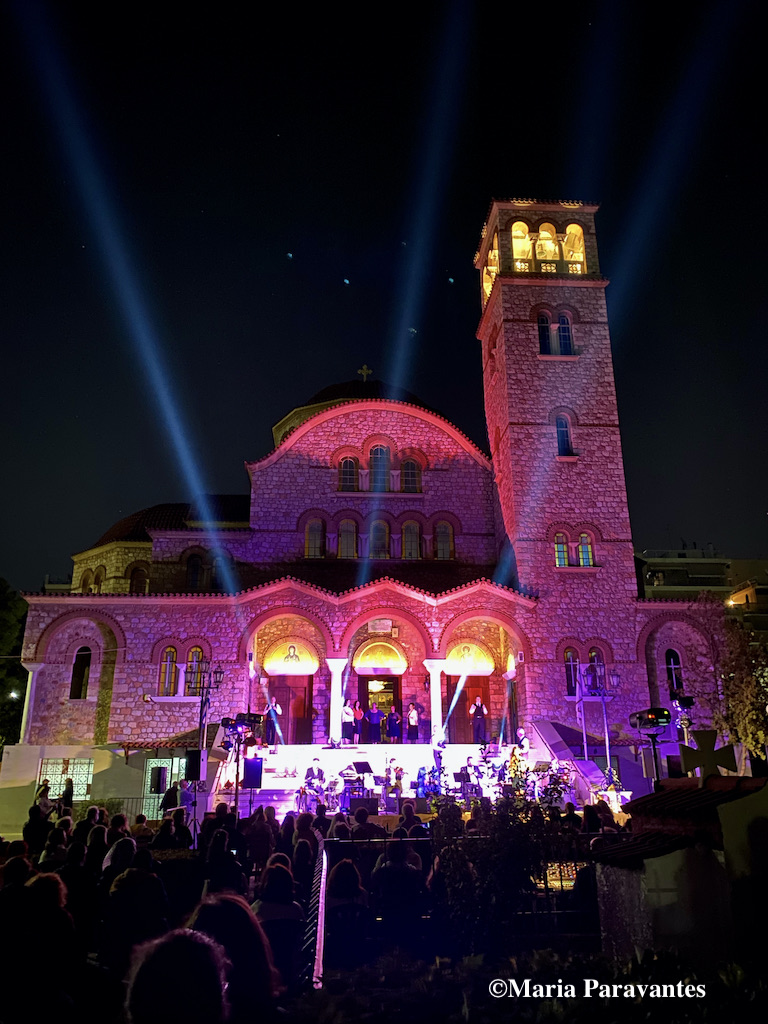
Today, Nea Ionia continues to be one of the few Athens trade centers that managed to survive the debt crisis and Covid-19.
You’ll find everything along central Irakliou Avenue… from the finest ground coffee and the largest variety of nuts to sleepwear and brand name outlets. But the secrets of Nea Ionia are around the corner. Wander off the main road and into its narrow streets and pedestrian walkways and there you’ll come across a very different side of contemporary Greece, one you rarely see anymore: pocket-size, hutlike houses each with two doors, one side modern, the other nearly falling apart hidden in the dark shadow of towering apartment buildings.
Tiny houses with even tinier porches or small gardens brimming with flowers large enough to barely fit two people (and several cats). Traditional wooden doors with ornate tainted glass windows giving you a glimpse of life inside. Makeshift chairs and tables on the road for a midday coffee with friends. Old-fashioned tavernas serving traditional Greek fare to the faint sounds of a radio playing Greek music in the background. And a thriving market with fresh fish, meats, and vegetables together with shops selling Pontic Greek goods: rare cheeses, herbs and spices, cured meats and favorite pastourma, and of course their own phyllo dough “perek”.
This is Nea Ionia. A snapshot of a rare genuine Greece timeless and timely.
►How to Spend a Perfect Day in Athens
Nea Ionia: Back in Time
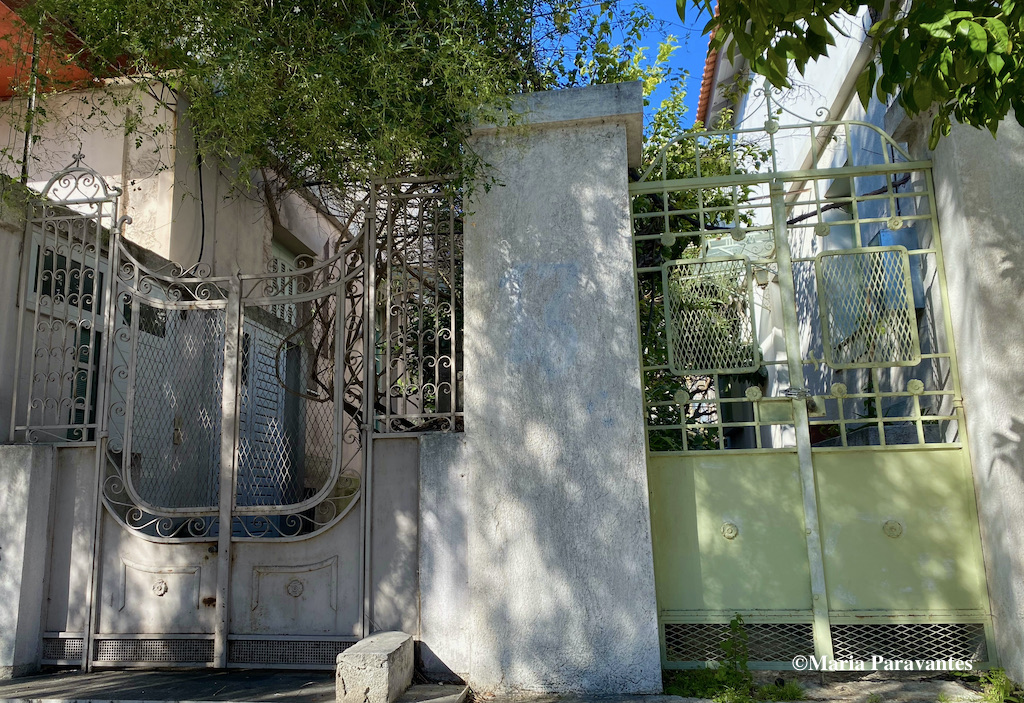
Nea Ionia, its neighboring Perissos and Pefkakia were and continue to be working class neighborhoods. It’s not by chance that Greece’s communist KKE party has its massive headquarters (in a sadly, ugly modern building) here – also known as the “House of the People” (Spiti tou Laou). You’ll see for yourself that Nea Ionia is chaotic. No urban planning whatsoever and this because at the time, in the early 1920s, priority was given to provide these homeless people with shelter.
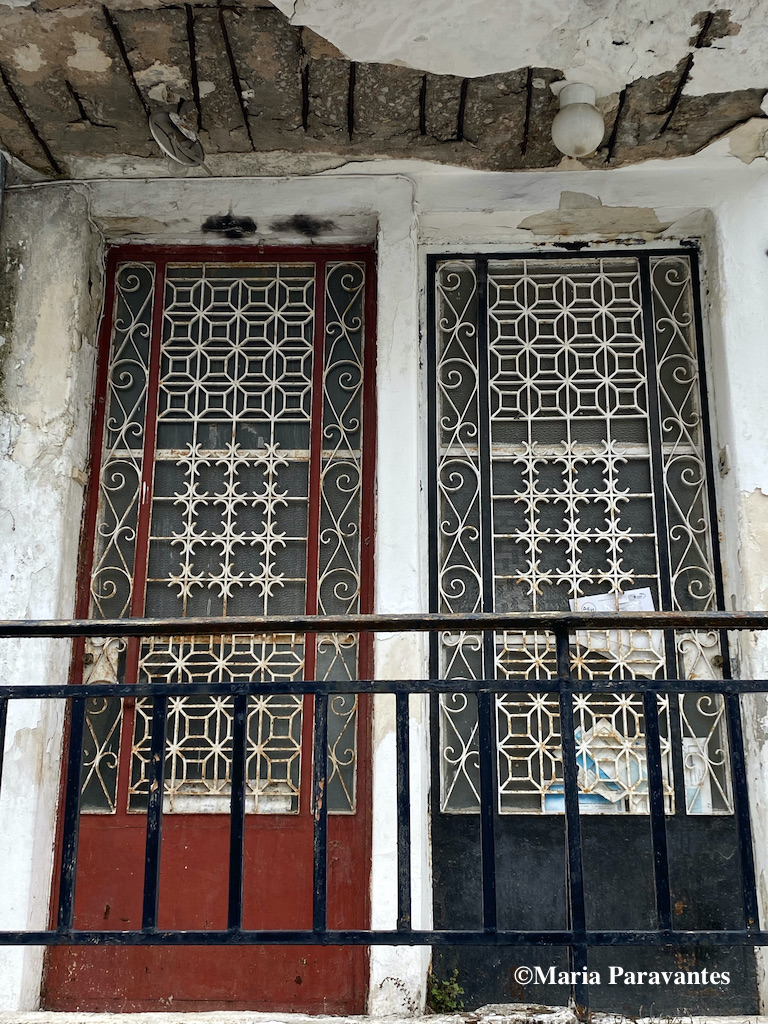
The homes were granted to the refugees in 1924 by Greece’s Refugee Rehabilitation Company in the area initially named Podarades. Known as “prosfygika” (homes of the refugees), these were usually ground-level houses, no larger than 60m2 to be used by two families or two-storey homes for four families. That’s why you’ll see two doors on every toy-size house you come across.
Nea Ionia was divided into two areas one for the living quarters and the other for factories and mills – remnants of which you can still see today. In the ’50s more than 7,000 people worked in about 500 factories in the greater area which explains why there are three train stations (Perissos, Pefkakia and Nea Ionia) in the area since 1956.
The massive apartment buildings that tower over the refugee settlements emerged in the ’70s, when owners could exchange their properties for a modern apartment. Sadly here too, Greek authorities failed to plan ahead.
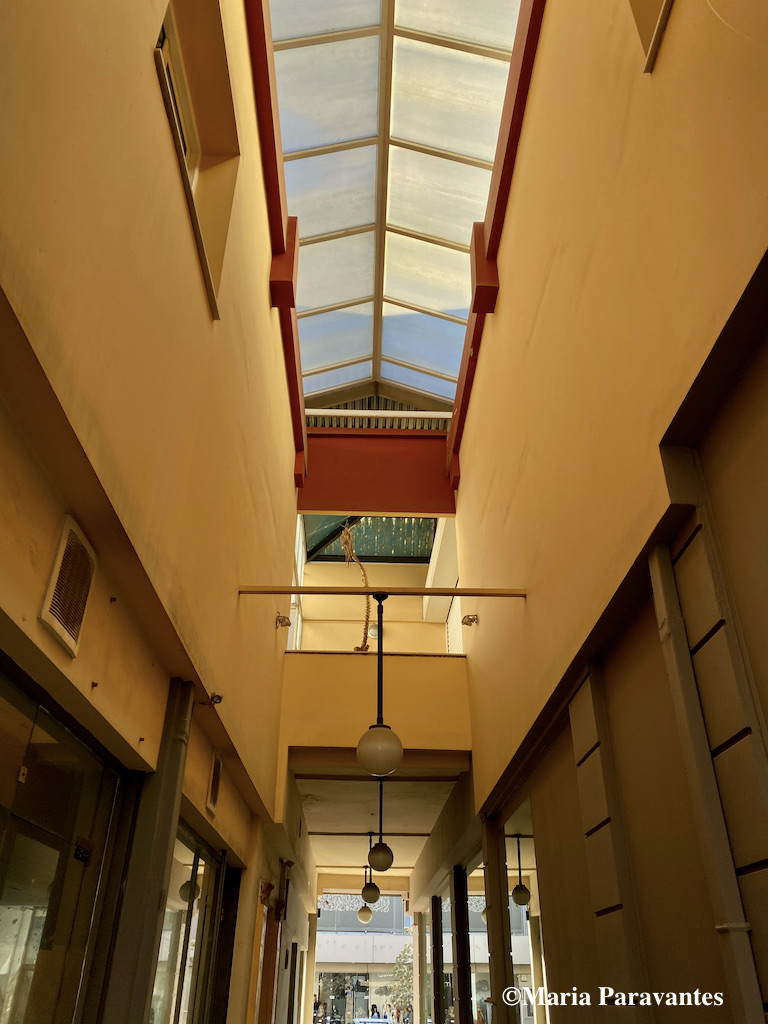
This working class town was where one of Greece’s greatest singers was born: Stelios Kazantzidis and you’re bound to hear his voice coming from an avid fan’s stereo system. Kazantzidis is considered a myth and a singer I am still in awe of. He was the favorite of the wave of Greek emigrants who sought better lives in the US, Canada, Germany and Australia in the late ’60s-’70s because he sang of the nostalgia for the lost homeland, about immigration, family, about the connectedness of the people, about “xerizomos” – which means “uprooting”.
Nea Ionia was also where actor Nikos Xanthopoulos was born who you can see in 1960-70s films about the working classes, poverty and deprivation. Popular singer, the late Pantelis Pantelidis was also born here as were Maria Farantouri, singer Giota Lydia and Greek rapper Taki Tsan, among others.
►Learn more about the music of Pontic Greeks here and about Greek music here.
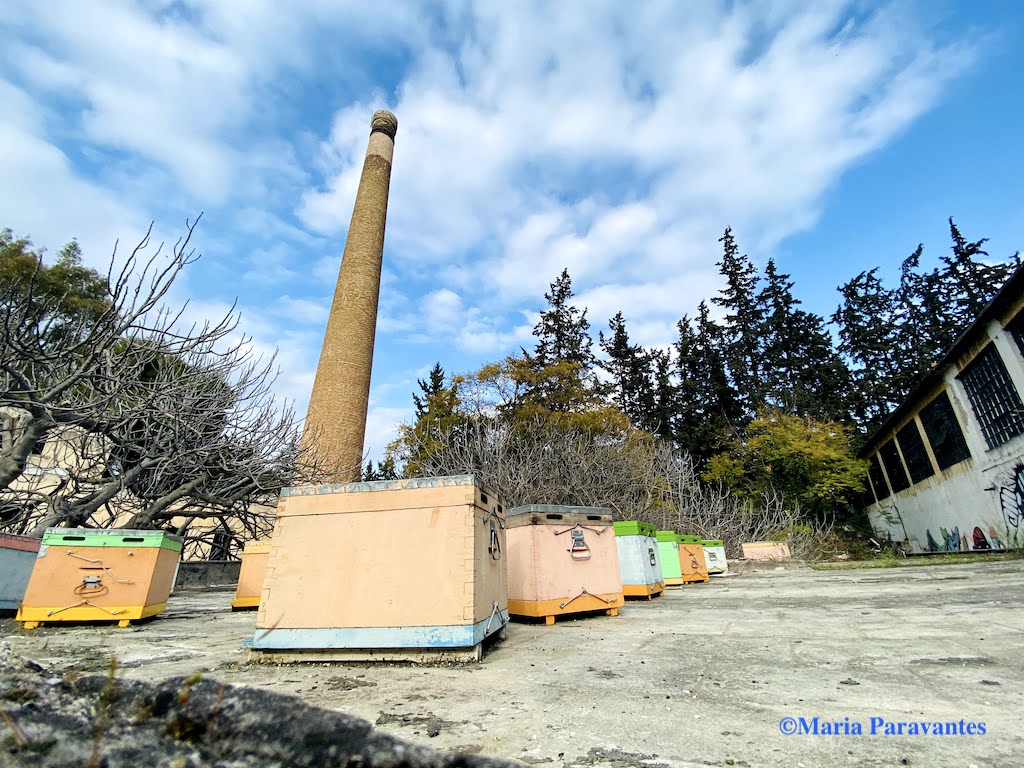
👉🏼 Dream of visiting Greece? Start planning
The Two Sides of Nea Ionia
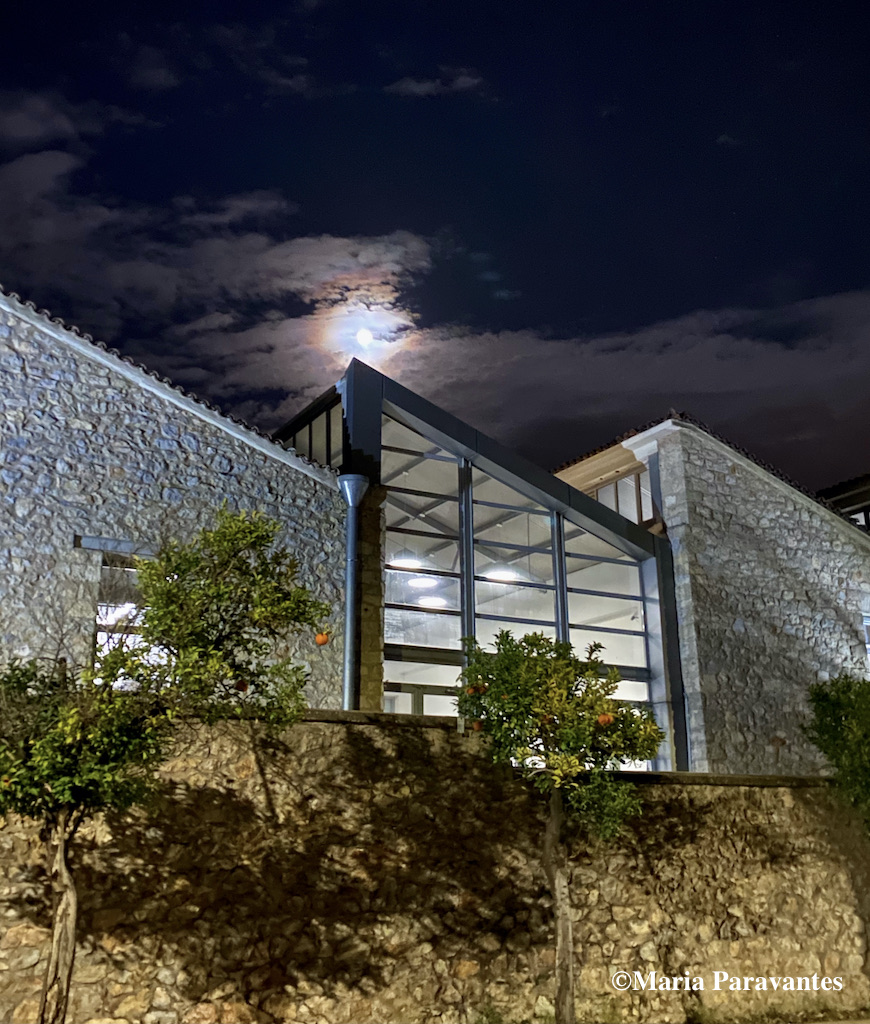
For me a stroll through Nea Ionia, Perissos, Nea Halkidona and Nea Philadelphia is like traveling back in time. It’s as if history is alive and breathing here but at the same time moving forward. The people who came here managed not only to survive but to thrive and to emerge stronger, more resilient, welcoming at the same time others who are in the same predicament and setting an example.
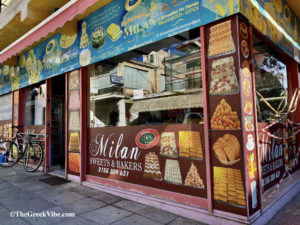
Today the greater area has more than 70,000 residents. Over the last decades, Nea Ionia has also become home to a flourishing Pakistani community. A walk along its streets and you’ll find shops selling goods from home as well as a wonderful sweet shop with traditional Pakistani desserts: gulab jamun (bite-sized balls dipped in rosewater syrup), jalebi, and all sorts of halwa, and of course, samosas.
Most of the community now lives in the “Petrina” (which means made of stone). A series of beautiful stone houses ordered by Queen Frederica to house Greek refugees in the ’50s.
How to Spend a Day in Athens’ Nea Ionia Neighborhood
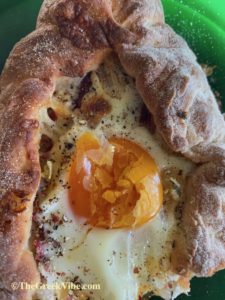
- Walk and wander around the neighborhoods
- Eat peinirli – boat-shaped filled dough delicacy
- Have a picnic at the Nea Philadelphia park (Alsos Neas Philadelphias) with its windmill and dancing fountains
- Enjoy an ouzaki by the market
- Buy Pontic Greek food specialties at the market (to your right when you enter Nea Ionia coming from Athens)
- Buy a sweet from “Ta Gioulia”, making life sweeter since 1945
- Shop till you drop along Irakliou Ave
- Hang out at the dozens of cafes on the pedestrian walkway off Irakliou Avenue
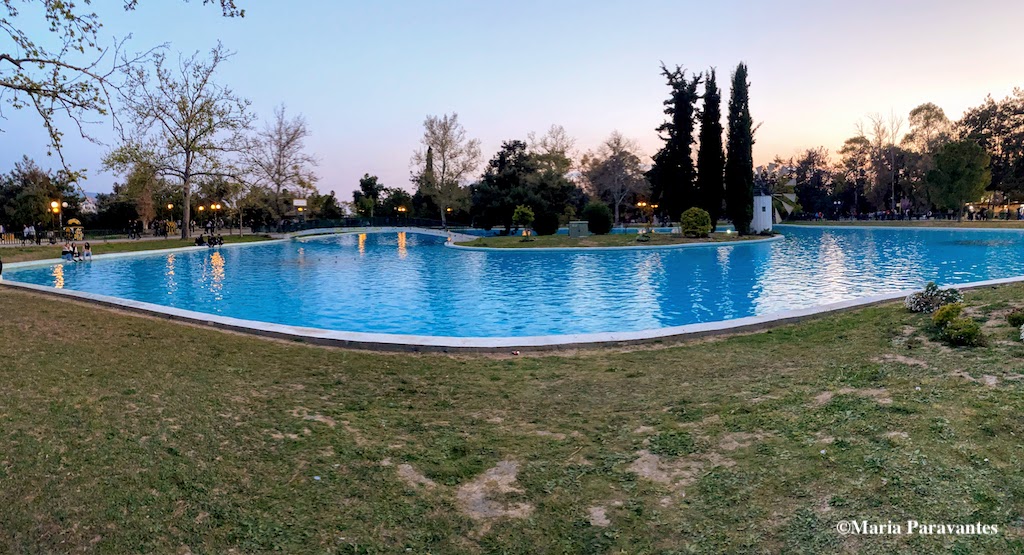
- Visit the Center for the Study and Promotion of Asia Minor Culture KE.MI.PO (4 Patriarchou Ioakeim St) to learn more about the Asia Minor Greeks
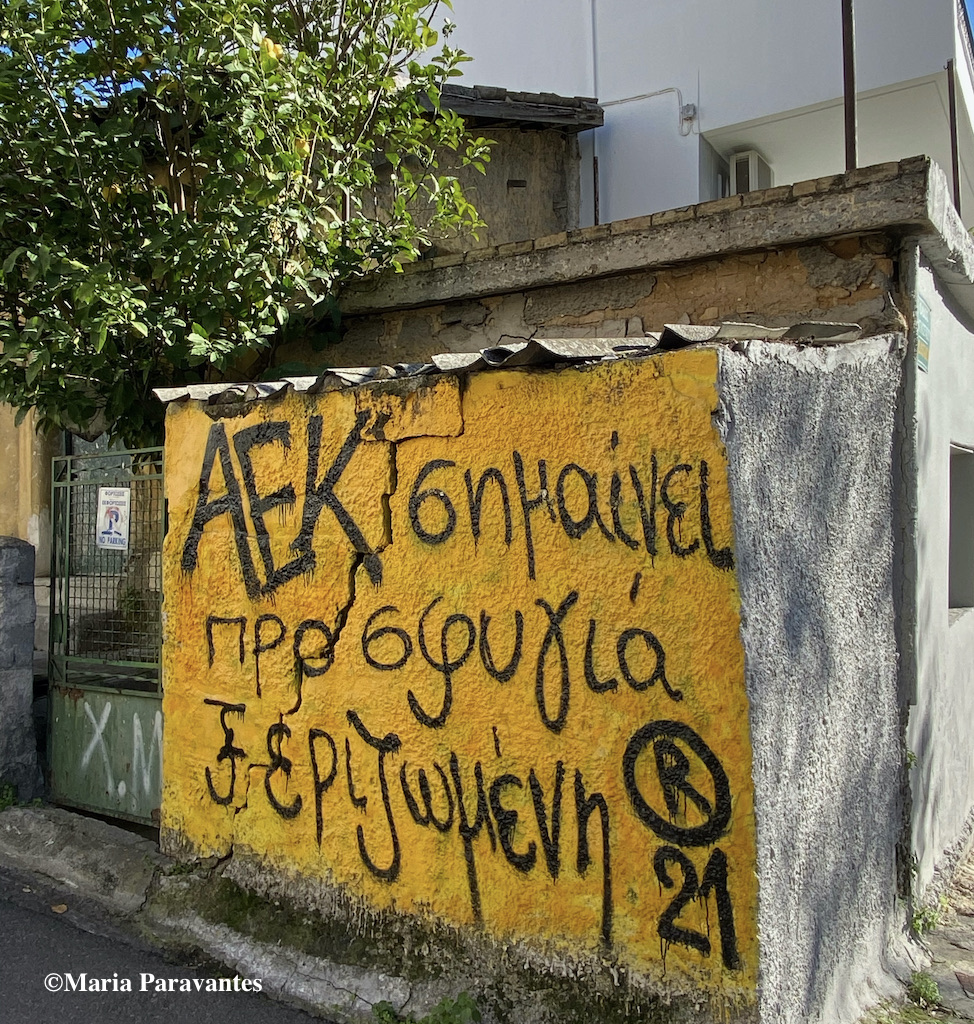
- Visit the Filio Chaidemenou Museum of Asia Minor Hellenism (125 Dekeleias Ave) featuring a vast collection of heirlooms and items gathered over the years by Chaidemenou, who lived through the Burning of Smyrna in 1923 which forced up to 400,000 Greeks and Armenian refugees to flee their homes. Learn more about life in Anatolia before, during and after the Asia Minor Catastrophe
- Visit the Panaitolio on Panetoliou Square in Alsoupoli (near the Olympic Stadium). The building was erected in 1930 and first operated as the “Ta Pefka” hotel later to be used by the Germans as headquarters. Today it a cultural center.
- Catch a film at the Asteras municipal cinema.
- Check out the AEK football stadium in Nea Philadelphia also known as the “Agia Sophia Stadium” named in honor of the Orthodox Hagia Sophia in Istanbul, which was the center of the Byzantine world.
🎶 📻 I end today’s post with one of Nea Ionia’s most loved ‘children’, the great Stelios Kazantzidis in a live recording of “Nea Ionia”, a song about life in the neighborhood, poverty, tales of Pontus, friendship and brotherhood, to the lyrics of Pythagoras and music of Christos Nikolopoulos.
